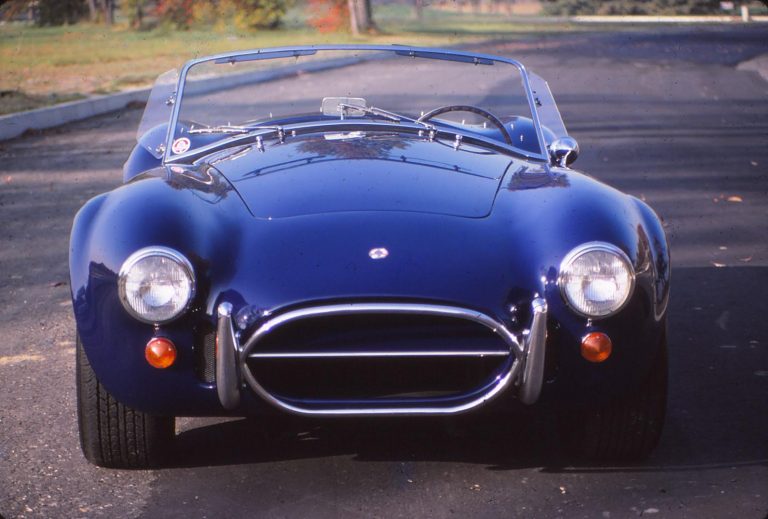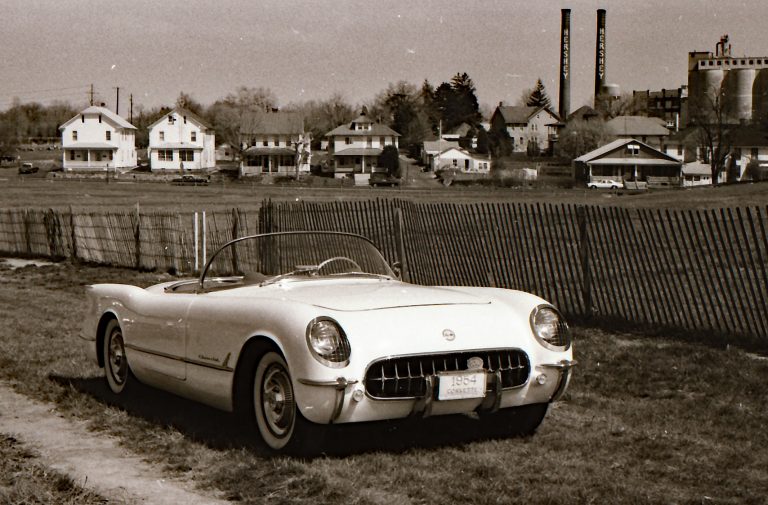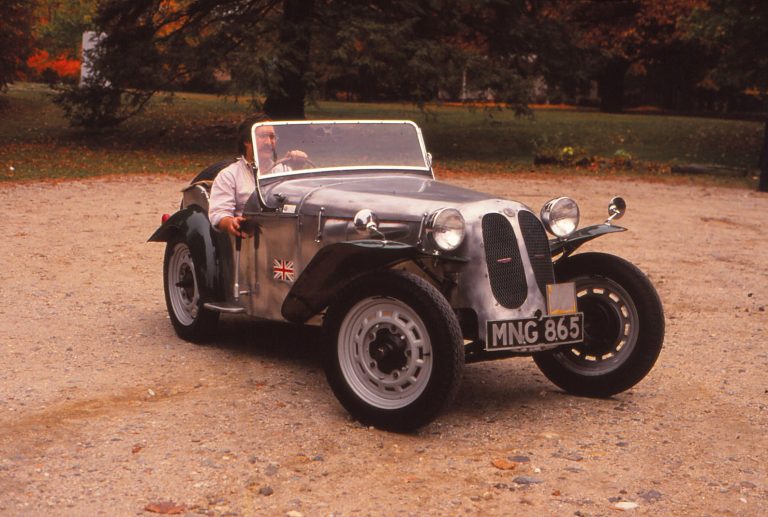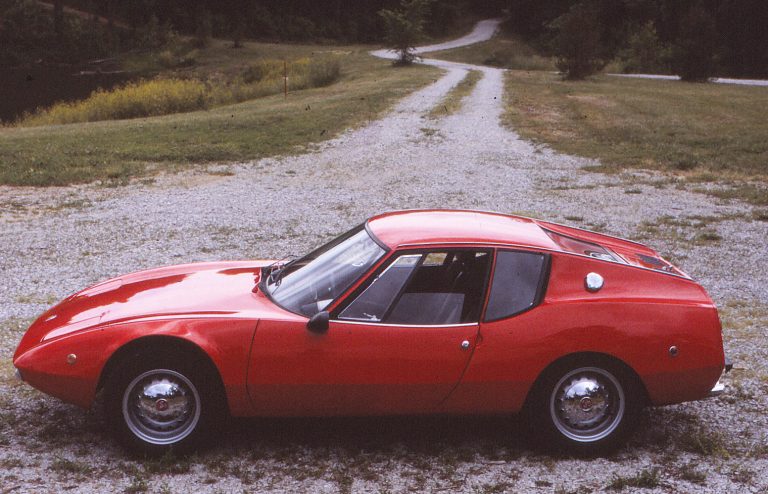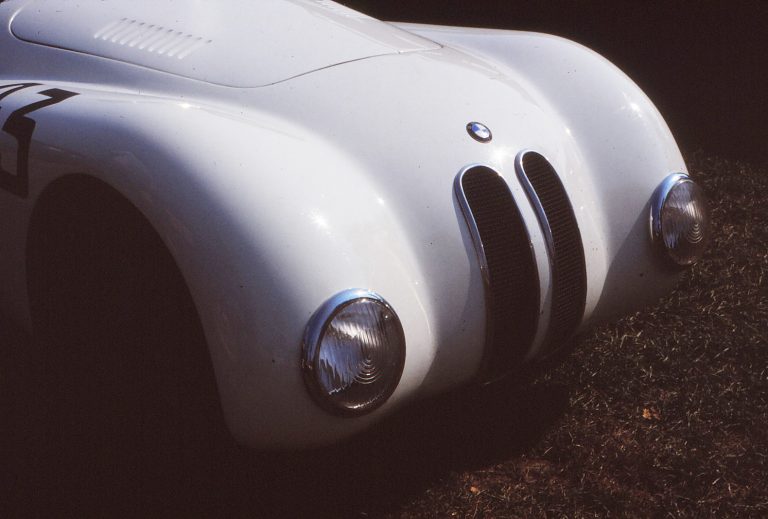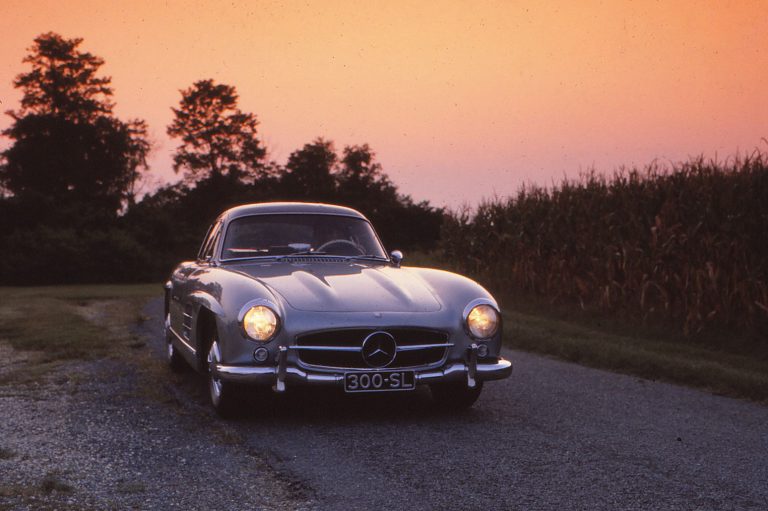Originally published in VW & Porsche, June 1990
The winter nights around Trollhattan are cold and long and snow is always on the ground. But, in January 1955, in a rented barn a few kilometers out of town, a group of Swedish engineers began building an open sports car. They had permission from Saab, funding, and even a model designation for the anticipated results of their labors. But the project was to be secret and work would be on their own time. Svenska Aeroplan Aktiebolaget had been building automobiles for only six years and the board was reluctant to get behind anything as risky as a sports car.
Rolf Mellde and his handful of co-conspirators didn’t see risk, however. They saw opportunity, a chance at overall victory instead of class wins. A small, light model would suit the company’s new three-cylinder, two-stroke engine well, and in the fall of 1954, Mellde began putting his ideas on paper.
Mellde had been hired to design an engine for the passenger car that the aircraft manufacturer would build once World War Two had ended. It was his two-stroke twin that powered the very first Saab automobile, the model 92, which went into production in January 1950, and he participated in the design of the three-cylinder engine as well.
Unimpressed with the many tube-frame specials around at the time, Mellde designed a semi-monocoque chassis of riveted alloy panels. Absent the glass-fiber body that would cloak it, the chassis look like something made from cardboard. It was anything but flimsy, and met contemporary Saab automobile design standards, including survival of a freefall 2g impact.
The Sonett front suspension was adapted from the new Saab 93, with dual A-arms, coil springs, and an anti-roll bar. A beam axle on coil springs served at the rear.
The new sports car naturally had front-wheel-drive. For better weight distribution in such a light car, the engine was not cantilevered ahead of the front axle as on the 93. Instead, the engine-transaxle assembly was rotated 180 degrees. This required reversing the engine’s direction of rotation but – as the motor was a two-stroke – it was easily accomplished. Mellde’s fears about longevity of the gearbox – it hadn’t been designed for stress loads encountered in reverse rotation – fortunately proved groundless.
The prototype, like the standard 93, originally had the gearshift on the steering column; it was later mounted on the floor to simplify the linkage and shift pattern. The early three speed gearbox was also replaced with the ZF four-speed then under development and not actually used on a production car until the 1959 Saab 95. The four-speed had a standard H-pattern except for reverse, which required yanking a dashboard knob before moving the lever into “2nd.”
Seating was with the driver on the right – opposite of Saab’s usual practice – Sweden’s drive-on-the-left rules in those days notwithstanding. The right hand drive didn’t come about because it facilitated mounting the steering box upside down (as claimed at the time), but because, Mellde admitted later, he thought it looked “more authentic.”
Thanks to a compression ratio of 10 to 1 and a new intake manifold, designed by Olle Lindkvist for a dual-downdraft carburetor, output from the 748cc engine was increased from the standard 33 bhp to a rousing 57.5. This, incidentally, on 85 octane pump gas!
Just to complete the weirdness, there was an auxiliary cooling device to maintain coolant at an optimum 50 degrees centigrade, a task beyond the capacity of the radiator. Cold water stored in a tank above the passenger’s knees was added to the cooling system by two thermostatically-controlled pumps. Surplus liquid drained off beneath the car.
Sixten Sasson, designer of the Saab 92, was selected for project 94 and he fashioned a sleek and tidy shape that was distinctly Scandinavian, less flamboyant for that something Italian, prettier than anything British, years ahead of 1955.
So determined were the instigators that the project remain secret, the car was tested without its body and only after dark. But with a straight-piped two-stroke at full chat, the locals had to know the Saab boys were up to something.
The car stayed a well-kept secret until it was delivered to the 1956 Stockholm auto show in a crate left closed until just before the Mayor opened the festivities. Everyone was delightfully surprised and the Saab Super Sport became the star of the show.
The name was soon changed to “Sonett,” a favorite of Sasson since the early days of project 92. Pretty as it is in English, it’s from the Swedish så natt, literally “so neat.” Pronounced properly, the second syllable is stressed.
Public interest was so great and performance so strong Mellde ranked the new car with the Porsche 1300 Super – five more Sonetts were built, two for exhibition and three for competition, identical to the prototype except for steel chassis.
Unfortunately for Sonett and Saab, racing rules for 1958 were changed and it became advantageous to run modified sedans rather than the two-seater. Competition appearances of the sports cars were limited mostly to Swedish events in 1957. But as late as November 1957, Saab seriously considered producing 2,000 aluminum bodied Sonetts at Trollhattan. But for the rules change, it might have happened.
All six Sonetts still exist in some degree. The original prototype, which upstaged the Saab 93 it was supposed to support at the New York auto show in 1956, is now in the Saab Museum in Sweden, as is number five. Number two is owned by and on display at the Saab-Scania of America in Orange, Connecticut. A company employee in Sweden owns number three. The fourth car, used to build a coupe, was wrecked, and too little remains for restoration.
Sonett number six, now owned by Bill Jacobson, owner of Sports Car Service in Wilmington, Delaware, reveals its distinctive two-stroke exhaust note and blue haze from the tailpipe (not from tires, as one contemporary magazine caption writer supposed) and selected East Coast vintage racing events.
Glory never found the Sonett but here’s to Rolf Mellde, Sixten Sasson, and a remarkable little Saab: så natt it is.



